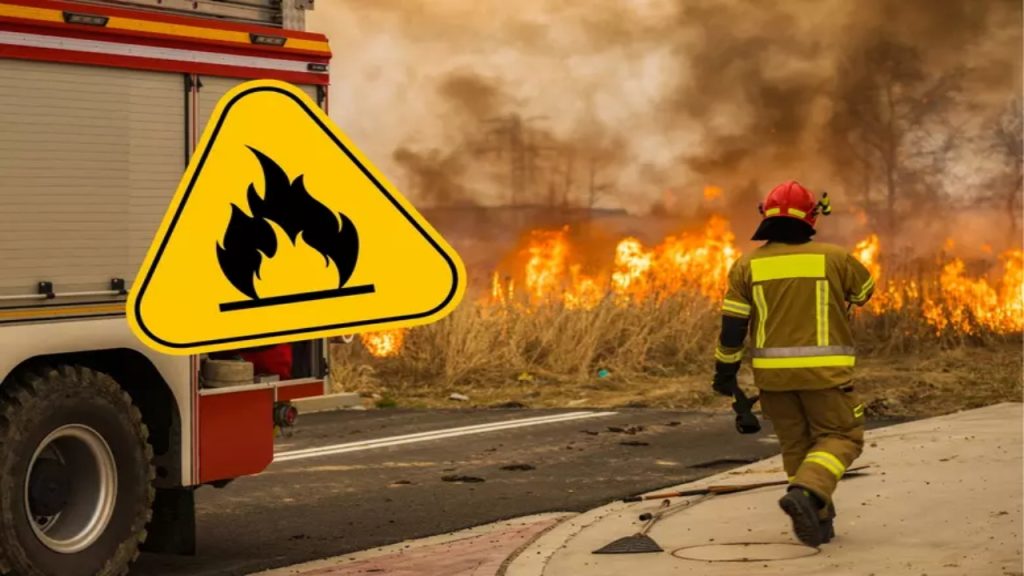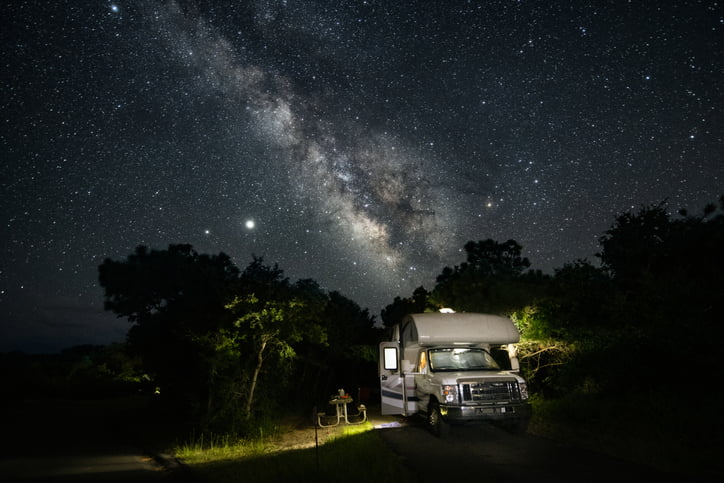Minnesota, we need to talk about today’s weather, because it’s shaping up to be dangerous. If you live in or near Duluth or the Iron Range, you might already be feeling the dry air, but the fire danger is about to go up a notch this afternoon. With strong winds, low humidity, and dry conditions, we’re facing near-critical fire weather. That means things could escalate quickly if a spark ignites.
Here’s what you need to know to keep yourself, your family, and your community safe.
Why Is Today So Risky?
Today’s weather is a perfect recipe for fire danger. Here’s why:
-
Strong Winds: Winds will be gusting up to 30 MPH. That’s enough to push any spark into dry grass, trees, or brush, spreading flames quickly. The winds will make it much harder for firefighters to control any fires that break out, and they could spread before anyone can get a handle on them.
-
Low Humidity: The humidity today is expected to be dangerously low—15-20%. This means the air will be incredibly dry, which makes it easier for fires to catch and spread. The dry conditions will leave the vegetation around you more vulnerable to fire. What’s green right now could become kindling with just a little spark.
-
Dry Ground and Vegetation: We’ve all noticed how dry everything is. It’s been a while since we’ve had a good soaking rain, and it’s starting to show. Dry grass, leaves, and trees make it way too easy for fires to start and spread. Even a tiny spark could be all it takes to start something much larger.
When you put all of these factors together—wind, dry conditions, and low humidity—it’s a dangerous combination. A small flame could quickly become an out-of-control wildfire, and firefighters will have a tough time keeping up.
Where Is the Risk Highest?
If you live in Duluth or the Iron Range, this fire weather alert applies to you. These areas are more vulnerable because of the large amounts of dry vegetation and forested areas. While wildfires are often thought of as a danger for rural, wooded areas, remember—these fires can spread to suburban or even urban areas if the conditions are right. And with winds pushing 30 MPH, a fire could jump over fire lines and spread much faster than anyone can predict.
What Can You Do to Stay Safe?
Here’s what you can do today to protect yourself and help prevent a fire from starting:
1. Skip the Outdoor Fires
It might sound like a great day for a campfire or a barbecue, but it’s not. With everything being so dry, even a small spark from a grill or a cigarette could start a fire. Please hold off on any activities like burning leaves, campfires, or barbecuing until conditions improve. It’s simply not worth the risk today.
2. Be Careful When Driving
If you need to drive through grassy fields or forested areas, be aware that vehicle exhaust can create sparks that could start a fire. Hot tires or the heat from your engine can ignite dry grass, so avoid parking on grassy areas. Keep an eye out for smoke or flames as you drive, especially in rural areas, and call 911 if you see anything suspicious.
3. Report Any Smoke or Flames Immediately
If you spot smoke or flames from a distance, don’t wait—report it immediately. The quicker first responders can get there, the more likely they’ll be able to contain the fire before it grows. Even if you’re unsure whether it’s a small fire or something larger, it’s better to report it. Every minute counts when it comes to fire safety.
4. Keep Your Property Fire-Safe
If you live in an area with a lot of trees or dry grass, take a few minutes to clear away dry debris or anything that could fuel a fire near your home. Consider moving firewood, grills, or patio furniture away from dry vegetation. If you’re in a rural area, keep a hose or shovel nearby just in case you need to act fast. It’s always better to be prepared.
5. Have an Emergency Kit Ready
If you live in a fire-prone area, make sure your emergency kit is packed and easy to access. You should have water, non-perishable snacks, flashlights, medications, and any important documents you might need in an emergency. Fires can spread quickly, so you need to be ready to evacuate if the need arises.
What’s the Long-Term Outlook?
Unfortunately, the fire risk doesn’t end when the wind dies down this evening. Even after the gusts fade, the dry conditions will continue. Fires could still happen in the coming days, especially if conditions stay dry, so remain cautious even after today. It’s always a good idea to keep an eye on local weather updates and fire warnings.



